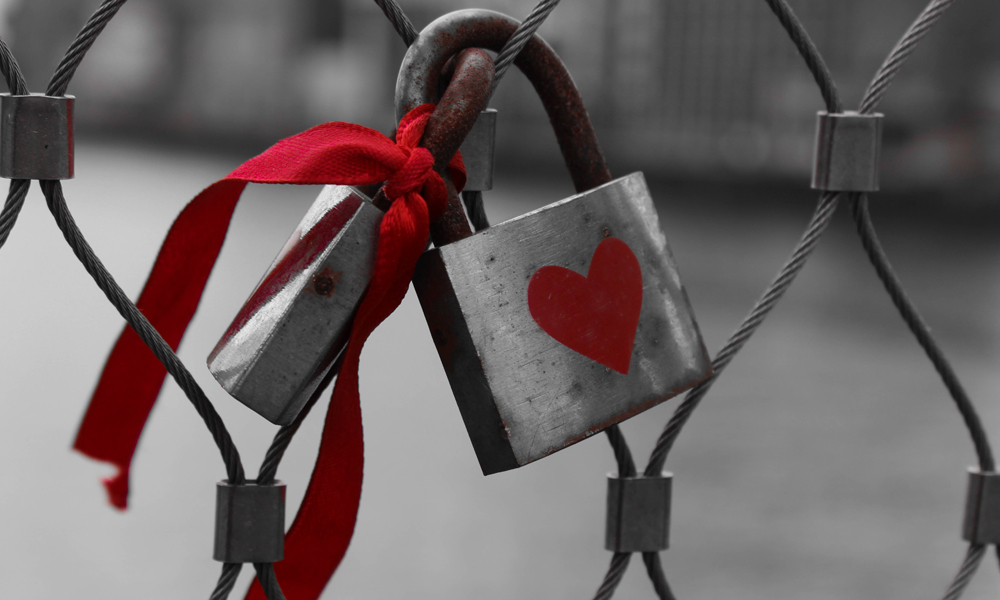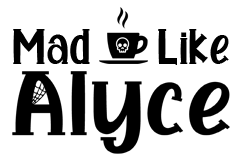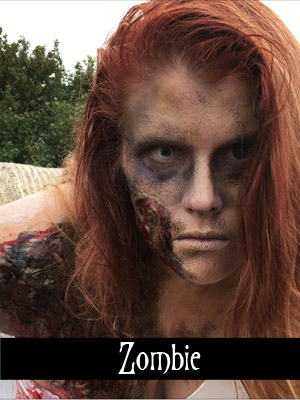 Just like most mental disorders, Post Traumatic Stress Disorder(PTSD) is just starting to become more widely understood, and I think this is quite apparent in the interactions I have had when discussing it. The first time I mentioned my diagnosis to my brother, who responded in confusion, “Isn’t that only for war veterans?” or when going over a pre-op questionnaire with a nurse who asked if my PTSD was related to military service. I certainly understand why they were confused. It took me years to understand that what I was experiencing were symptoms of PTSD, and many more years before I was able to manage it.
Just like most mental disorders, Post Traumatic Stress Disorder(PTSD) is just starting to become more widely understood, and I think this is quite apparent in the interactions I have had when discussing it. The first time I mentioned my diagnosis to my brother, who responded in confusion, “Isn’t that only for war veterans?” or when going over a pre-op questionnaire with a nurse who asked if my PTSD was related to military service. I certainly understand why they were confused. It took me years to understand that what I was experiencing were symptoms of PTSD, and many more years before I was able to manage it.
A definition
The official DSM-IV description for PTSD is, “the development of characteristic symptoms following exposure to an extreme traumatic stressor,” and goes on to say, “Traumatic events that are experienced directly include, but are not limited to, military combat, violent personal assault (sexual assault, physical attack, robbery, mugging), being kidnapped, being taken hostage, terrorist attack, torture, incarceration as a prisoner of war or in a concentration camp, natural or manmade disasters, severe automobile accidents, or being diagnosed with a life-threatening illness.”
Even a quick Google search for “causes for PTSD”, shows a quick snapshot in the Google Answer Box:
Post-traumatic stress disorder (PTSD) can develop after a very stressful, frightening or distressing event, or after a prolonged traumatic experience. Types of events that can lead to PTSD include: serious road accidents, violent personal assaults, such as sexual assault, mugging or robbery.
Changing perceptions
Even people who are familiar with PTSD can misunderstand how the disorder functions for different people… nothing has made this more obvious to me than loving someone who has survived a war. My partner is a survivor of the war in Bosnia in the early 90s, and although he doesn’t have PTSD himself, he knows a lot of people that do.
During a recent panic attack, we started talking my way through it, and he said, “I don’t get it, I know a lot of people who have PTSD, and they don’t struggle like this.” (before you get angry, he meant it in a sweet way, as in, he hates to see me suffering). I had two answers for him.
1. Don’t be fooled, we all struggle.
First and foremost, yes, they probably struggle just as much as I do. You just don’t see them. I’m sure 99% of the people I know, even the ones who know me well, would never guess I could be completely immobilized by panic attacks. I’ve just got really good at hiding it. The reason he even “gets” to see me struggle is because I trust him, and I’m able to work through my triggers around him, in the safe space that is our home.
The fact that he sees my panic attacks can sometimes make them even worse. Although I have learned it is so much easier for me to communicate to him when I am struggling, I still sometimes try to power through it on my own. To tackle the monster in my mind before it gets out into the real world where it simply looks… crazy. Sometimes, I simply don’t recognize the trigger for what it is until it has sucked me down the rabbit hole.
Once I am in the throws of a panic attack, it is magnified by the fear that this one, THIS panic attack, will be THE ONE. The straw that breaks the camel’s back and he will realize that he doesn’t want this in his life anymore. I certainly wish it wasn’t in mine, but unlike me, he has a choice. This choice, this possibility that we could once again be alone to face our monster multiplies the fear tenfold, and more often than not, makes things much worse.
2. I am in love with my greatest trigger.
It was a huge shock, both for him and myself, to realize this. Even though my PTSD trauma was years in my past, for me, being in a romantic relationship forces me to face one of my greatest triggers on a daily basis. I know that for many people, relationships played no part in their trauma. In respects to being in love, they may experience some things exactly the same, some things close enough the can relate, and other things completely different. We are all the same, just as much as we are all different… and our perceptions are all unique.
A true love/hate relationship
For me, being in love while having PTSD is the definition of a love/hate relationship. I want to be in a relationship, to truly open my heart to someone, but I hate that the fear of making myself vulnerable makes me cower in fear. I want the joy and excitement of moving in together instead of the dread of losing my safe place. I want to enjoy intimacy, but cannot focus over the screaming in my mind.
I want to get married, to buy a house, to have a children, to grow a family… without being terrified that each step towards these dreams is another obstacle to prevent escape. I want to feel love, but to open up my emotions enough to truly love also opens the door for the demons I try so hard to keep at bay. Its not possible to feel something as strong as love and remain numb to everything else.
Love is a journey
I have read so many articles that have claimed that love is a journey, and this couldn’t be more true for those of us with PTSD. Sometimes, instead of stopping to smell the roses, you first have to show us they are there. Sometimes you will have to push us along, and be patient with us when we slam on the brakes, or even back up a few steps to get the lay of the land. And sometimes, even when we can’t see where this journey is taking us, we can look back and realize just how far we have traveled with pride.






 Hi! I'm Alyce.
Hi! I'm Alyce. 




